
Stagnant Home Workouts
Ever wonder why the home workout you’ve been doing forever on your living room floor hasn’t produced any real results? It’s easy to become familiar with an exercise routine that we’ve been doing for a long time, but sometimes it’s necessary to take a serious look at our results.
It’s not uncommon to find many people wasting years of their fitness journeys working out religiously (or excessively) without bearing any fruit in the forms of strength, muscular hypertrophy, or overall improved functionality and balance. This is where we have to challenge our bodies and find new ways to develop and grow.
Calisthenics training concentrates on using your body weight as the main form of resistance to build overall strength and stimulate muscular growth. By applying more challenging stimuli to these workouts, these exercises can become progressively more difficult, which can be the necessary spark needed to break out of a training plateau (see Why Is My Strength Stagnating?).
Progressing on each and every workout over a period of time will create drastic improvements towards your physique and it will keep you motivated for a much longer period of time. In addition, applying progressive overload to your training encourages you to go much further and gives yourself a winning competitive edge. (see Why You Might Lose Motivation to Workout).
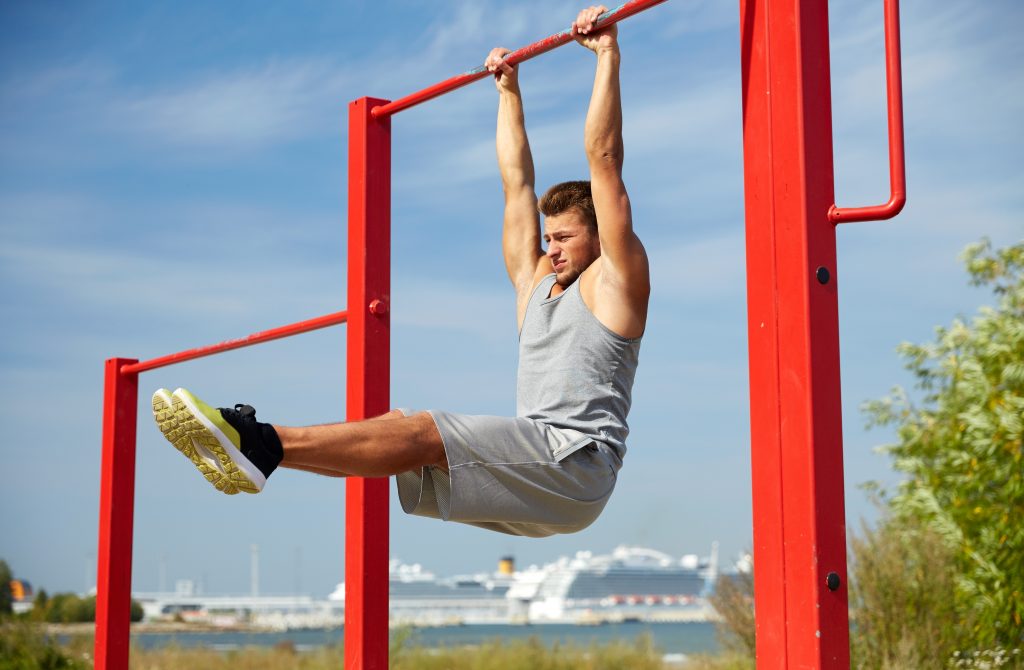
How to Apply Progressive Overload to Calisthenics
Starting a simple body weight exercise program can be intimidating to even experienced bodybuilders that routinely lift weights. Weightlifters tend to exercise in very fixed planes of motion, which could become challenge for your muscles to adapt to with more functional movements like jumping or pulling.
For this reason, it’s a good practice to start with the basics; stick to the easiest progression of an exercise then advance to the next stage when you feel comfortable. This prevents injuries from occurring and allows the nervous system time to learn the proper neuromuscular firings while moving the body.
Easier progression doesn’t stress your joints as much and they also allow you to learn the correct form of the exercise.
As you progress, it’s important to target all areas of the body by using various planes of motion. There are 7 movements should be done simultaneously within a workout routine that is both brief and intense to achieve noticeable results:
Horizontal & Vertical Pushing: Targets chest, shoulders, and triceps
Horizontal & Vertical Pulling: Targets the back & biceps
Squats & Lunges: Mainly targets the front thigh or the quadriceps of the leg
Hinges: Bringing the chest down towards the waist creates a hinge movement that targets the hamstrings, lower back, and the glutes.
Methods to Improve Calisthenics
Horizontal Push-up Progression:
Lvl 1 – Standard push up performed with a both palms and legs placed on the floor. With your hands shoulder distance apart, lower the body 1 inch from the ground and push up until elbows are locked. Continue until 15 reps can be completed with ease.
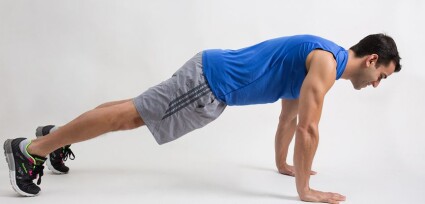
Lvl 2 – Hand to hand: Starting in the position from lvl 1, move the right arm to the left and perform a push up. Then proceed to move the right arm back to the left and continue with the next push up. Continue until 15 reps can be completed with ease.
Lvl 3 – One-Arm Push-up: Balance with one arm and both legs wider than shoulder distance, perform each push up for reps. Continue until 15 reps can be completed with ease.
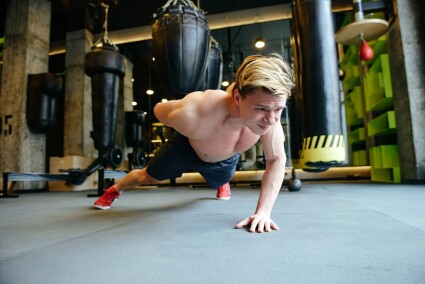
Vertical Push-up Progression:
Lvl 1 – Feet level to head

Lvl 2 – Feet higher than head
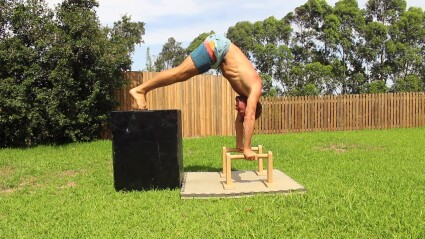
Dips:
Lvl 1 – Legs Bent
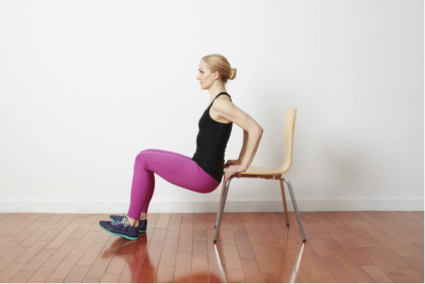
Lvl 2 – Legs Straight
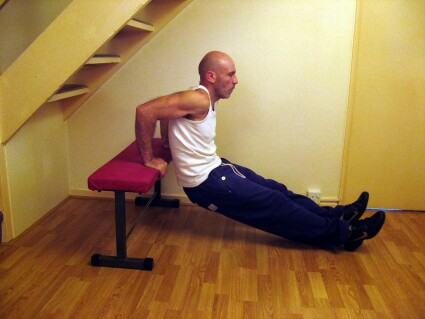
Lvl 3 – Legs Elevated
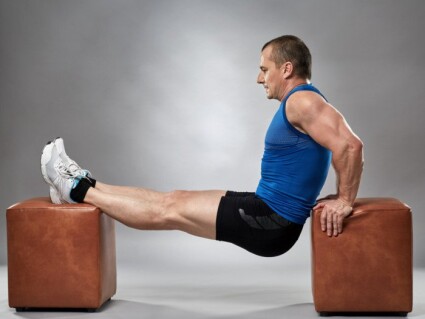
Squats:
Lvl 1 – Body Squat

Lvl 2 – Single Leg Squats or Pistol Squats
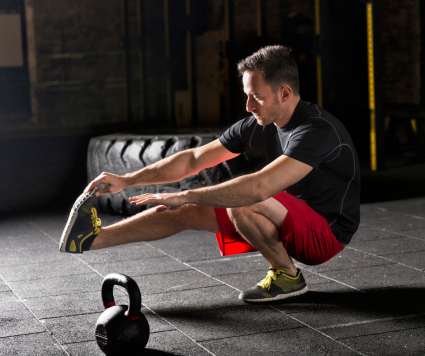
Hinge Movements:
Good Mornings: Starting with a barbell resting on your shoulders, bend at the waist while slowing lowering the upper back until the chest is parallel to the ground. Rest at the bottom of the movement for one second and slowly extend your back to starting position.
Deadlifts: Can be performed with a barbell or dumbbell weights. Starting in a standing position with both feet facing forward and shoulder distance apart, lower the weight while bringing your chest towards your waist. Keep the lower back extended by bringing the shoulders together and the chest pushed outward.
In addition to modifying your exercises to your fitness level, progressive overload can also be achieved by playing with a few variables. Consider these as spare tools in your toolbox that you can use at your will.
- Volume Change: Adding more repetitions to each set of an exercise
- Adding weight
- Increasing the range of motion: Improving on depth within squatting form, improving eccentric & concentric exercise movements
- Changing body position: Foot & leg placement, seated & standing variations
- Increase the amount of training days: (Should only be used as a last resort when all methods of development has stalled)
- Combining moves into more complex moves: Supersets can be used to achieve this, by adding another exercise immediately after completing the first one. Different exercises can be also combined within one set, such as with side lateral and front lateral dumbbell raises.
The Wrap Up
If your home workouts have become stagnant with very little results, you may need to challenge your body further along the way. Progressive overload focuses on the weak areas in your training program and help create gradual improvements that are quite impressive over time. There’s a plethora of ways to add different forms of progressive overload to your routine, however the real challenge is sticking with either method long enough to see any impressive results.
What else do you want to you know?

Leave a Reply
You must be logged in to post a comment.